Designing a Safe Playground
At Galopín we have always been very aware of the importance that playgrounds, in addition to providing quality moments of recreation, must offer safety to those who make use of them. Although, as the European standard EN-1176 on “Playground equipment and surfaces” makes clear, “taking risks is an essential characteristic of play”, it also makes explicit, together with EN-1177 on “Surfaces for impact attenuation – Methods for testing the determination of impact attenuation”, that complete inspections of both the areas and the elements themselves are necessary to avoid possible dangerous situations.
When designing our spaces we try to take into account some basic requirements that serve as a guide to make these areas much more welcoming, responsible and safe, which are listed below:
– Safety distance or impact area. To avoid collisions and define the safety area, the EN1176 establishes, with few exceptions, 1.5m in the play environment, extending it to 2m in the slide exits and maximum swing radius.
– Good drainage. It is essential to maintain cleanliness and impact absorption capacity.
– Space to relax. We believe that it is necessary to allocate a place for the space for both children and adults, and facilitate the snack or diaper change, for example.
– Certified and sustainable elements. It is recommended that the elements are certified and that sustainability and eco-design criteria have been applied in their design. In Galopín we have a wide range of elements that are certified by the TUV Product Service according to EN-1176.
– Accessibility. Children are different and taking this into account we design the elements in such a way that they serve to interact and stimulate their abilities.
– Separating by age. Related to the previous point, according to EN-1176 there are elements that are easily accessible and not easily accessible, formerly called for children under 36 months or for children over 36 months. This change occurred relatively recently and affects in a first phase the design of the play element, although later it is a fact to take into account when designing spaces. Among other reasons, because the capacities are different, and therefore, if it is not taken into consideration, we can cause users to fall into boredom or frustration or even feel insecure while playing.
– Guidance. It is recommended, on the one hand, to orient the slides to the north so that the sheets do not heat up in the sun, and on the other hand, to avoid obstacles in those places where there is possible glare.
– Impact absorption material. Fundamental and necessary to ensure safety. Materials that maintain their impact absorption capacity over time are sought.
– Facilitating the vision of the responsible persons. Distributing the small elements at the entrance and those of greater height at the back and avoiding areas hidden from view from the outside.
– Areas of shade and shelter from rain and wind. Planting trees, pergolas or canopies integrated into the environment.
– Free fall height. It is indicated by the manufacturer and, in general terms, results from measuring the distance from the platform, seat or net to the ground. This height defines the type and thickness of the impact absorption material.
– Fencing. It must be clearly delimited where the play area ends and where the danger begins. This is essential in areas with vehicular traffic or where there may be risky situations.
– Inspection and Maintenance. The playground must be properly maintained and inspected, not only to save costs in the long run, but also because it is a requirement of both EN-1176 and EN-1177, and must be carried out by the client or owner of the playground, within the deadlines indicated in the standards.
More detailed information on how to design a safe playground can be found in the reports on our website https://galopinplaygrounds.com/index.php/dossiers/
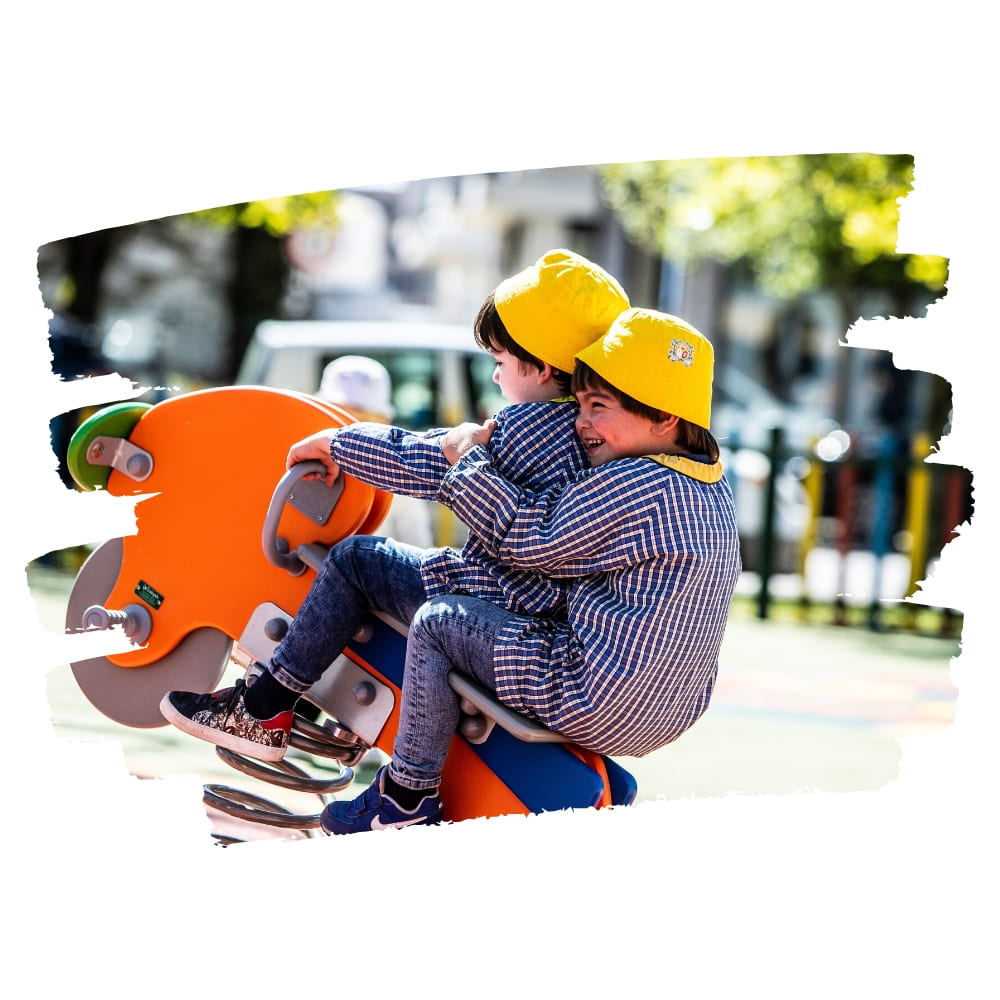

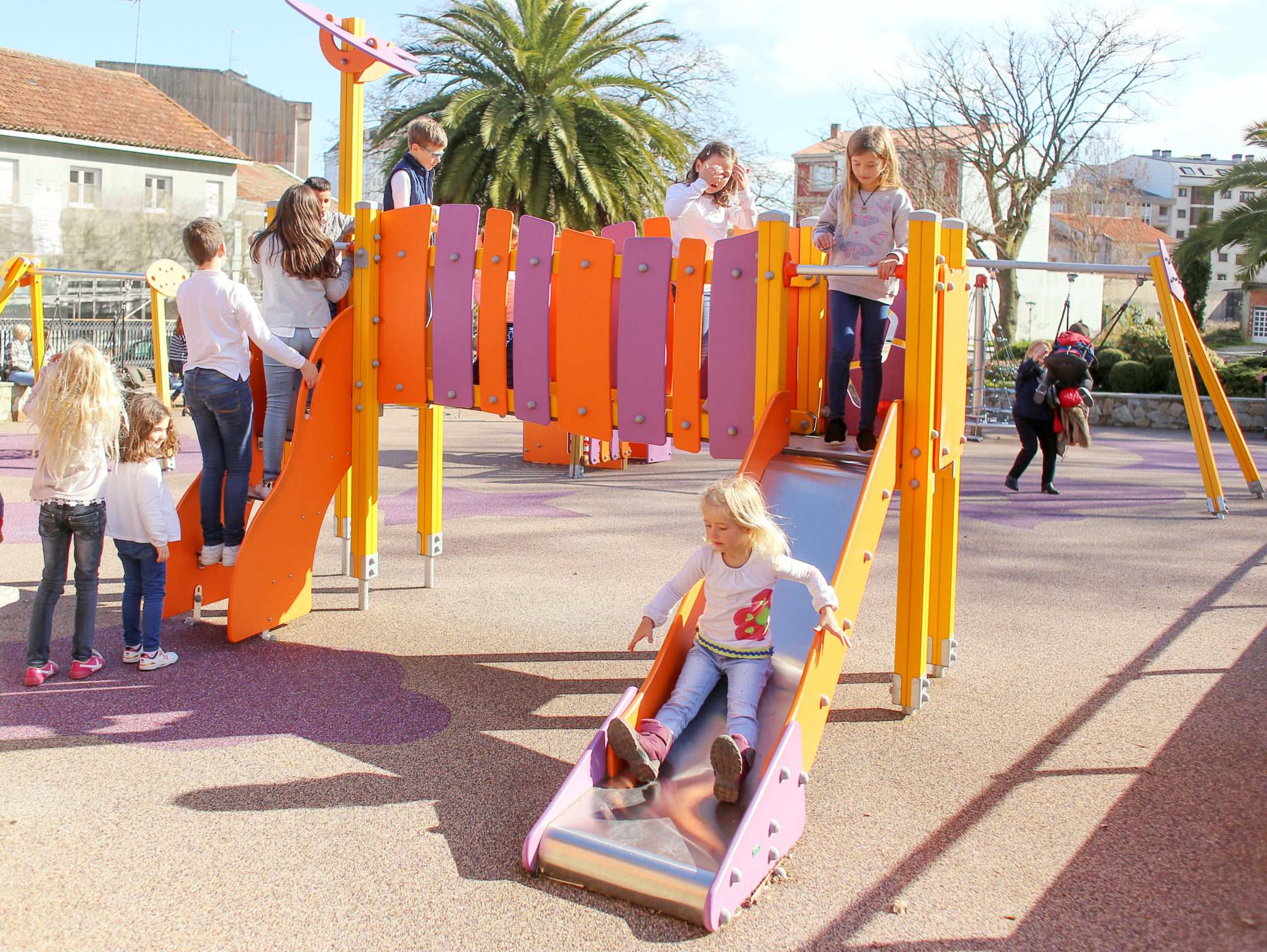
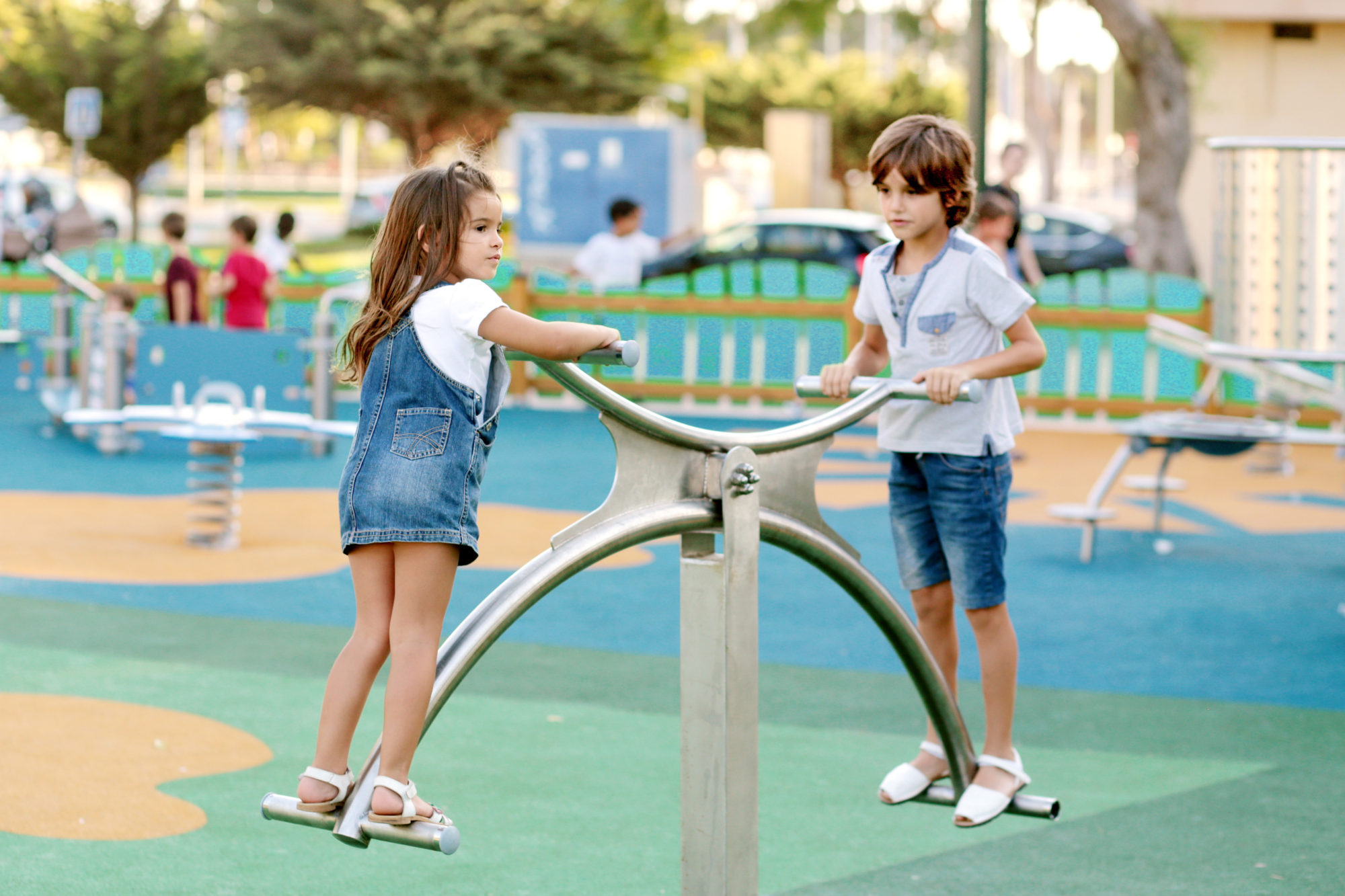
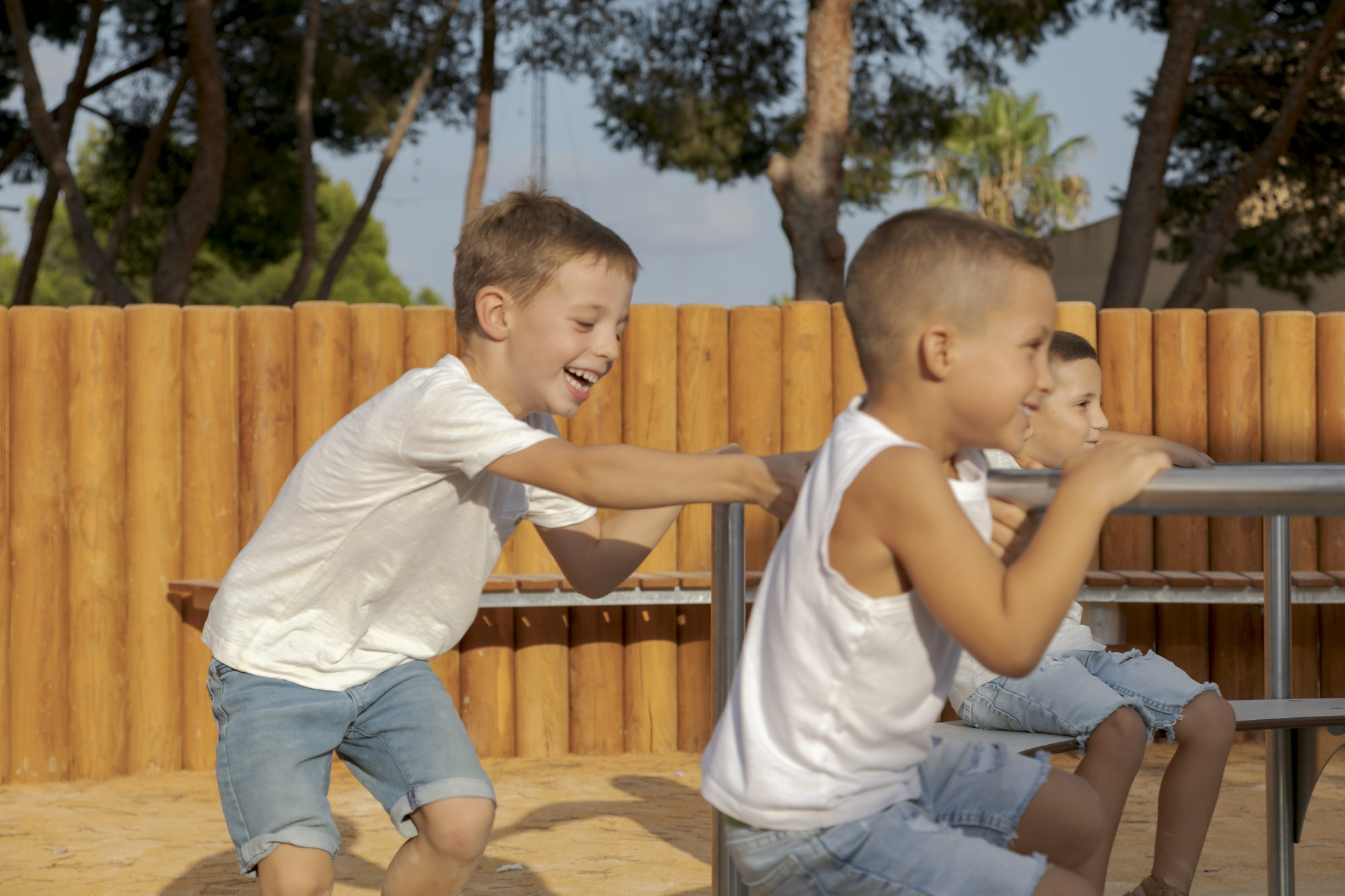
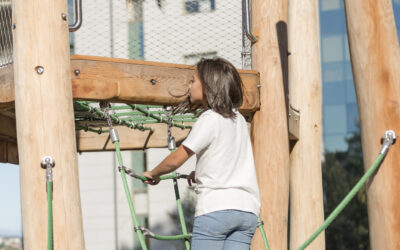
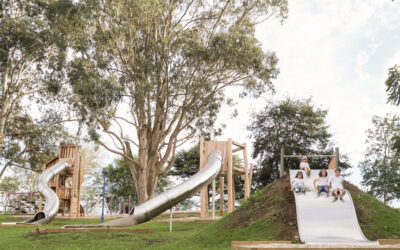
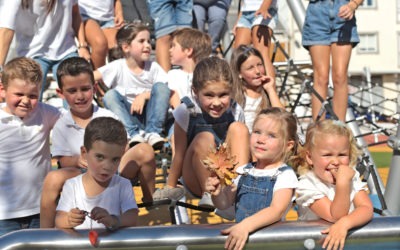
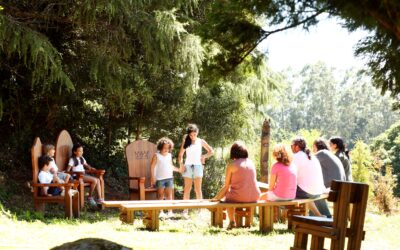

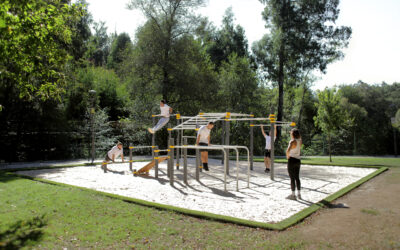
0 Comments